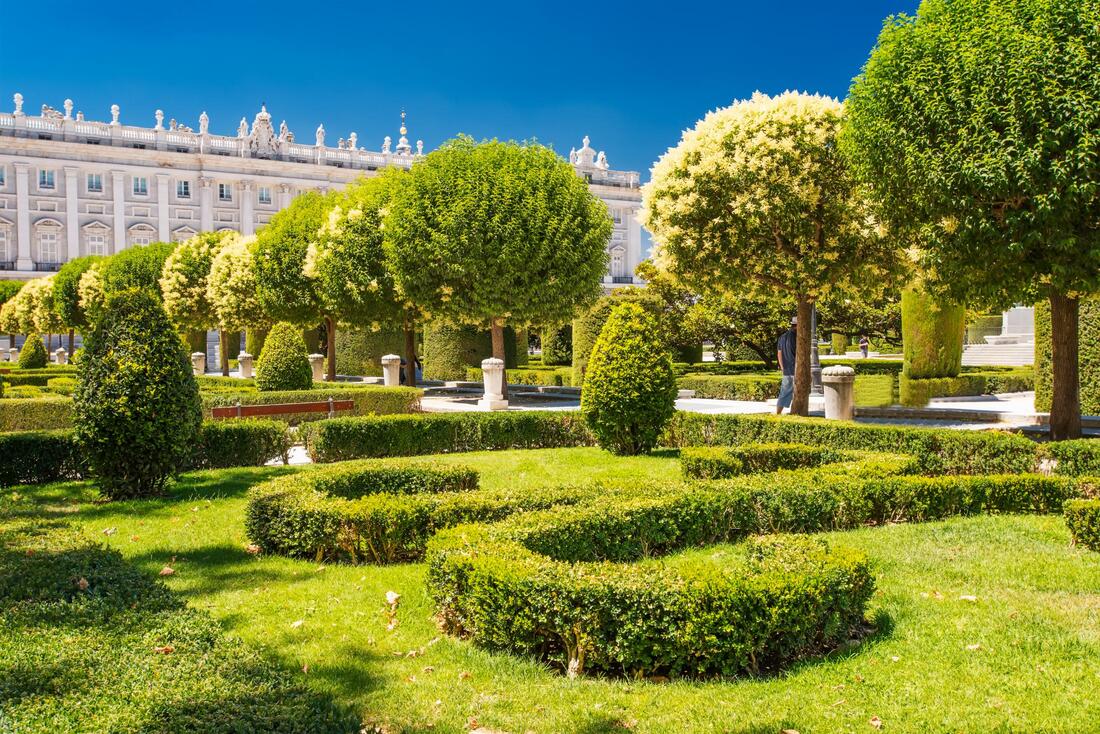Shrub & Hedge Trimming

Your hedges are overgrown and in desperate need of a trim. The last person you hired left them naked and resembling skeletons. They trimmed your hedges and shrubs within an inch of their lives. You weren’t sure if they’d ever recover. But they did and now you’re scared to hire someone, lest history repeats itself. At Johns Creek Landscaping, we understand your concerns. We promise not to leave your hedges and shrubs hanging high and dry. Our trimming techniques set your hedges up for success and not a failure. Read on to learn about proper techniques and the value of professional shrub and hedge trimming.
Trimming vs. Pruning
It may come as a surprise but trimming and pruning are 2 different things. Trimming and pruning are used interchangeably both by laypersons and professionals. Let us set the record straight. Trimming is used for small hedges. It is conducted for aesthetic purposes. The appropriate tools that should be used are gas or electric hedge trimmers. Pruning is a term used for trees and shrubs. Trees are pruned to prevent damage to property and humans. It’s a treatment that should be executed to stimulate growth as well. Hand shears or lopsided shears can be used during the pruning process.
Pollarding and Topiary Pruning
Lilacs, Rhododendrons, and Weigelas flower in the spring. If you’ve planted flowering shrubs and have been waiting for them to bloom with little to no results, Johns Creek Landscaping can utilize a pollarding technique to promote blooms. Like trimming the ends of your hair, pollarding is a treatment executed to spur growth. Some of our residential and commercial clients prefer a more cultivated aesthetic. They request that their shrubs are cut into animal and geometric shapes. This type of pruning is called topiary. This style of pruning works for traditional and contemporary abodes. While it is normally associated with grand structures, topiary pruning can enhance modest buildings as well.
A Wide Base
Most landscapers don’t know this but shrubs and hedges should always be trimmed from the top down. The goal is to ensure that the base is wider. If the top is wider, the vegetation at the bottom and underneath will starve. Wide bases allow sunlight and water to penetrate down to the roots. If you’re tired of your shrubs and hedges looking pitiful and overworked, contact us for expert shrub and hedge trimming. We trim with care and it shows. Our landscapers use the proper tools and techniques that your greenery will love.
Protecting the Exterior
When shrubs and hedges are planted too close to a structure, it inevitably suffers damage unless there is an intervention. You’ve seen discoloration skirting along the bottom edges of homes. That is due to moisture penetrating and slowly eroding the surface and foundation. Johns Creek Landscaping trims shrubs and hedges away from buildings to prevent deterioration. Shrubs should be trimmed 6 to 12 inches from the exterior of homes, offices, and retail spaces. Repetitive watering will eventually cause buildings to become discolored and weak. To prevent premature exterior failure, contact us for an immediate solution.

